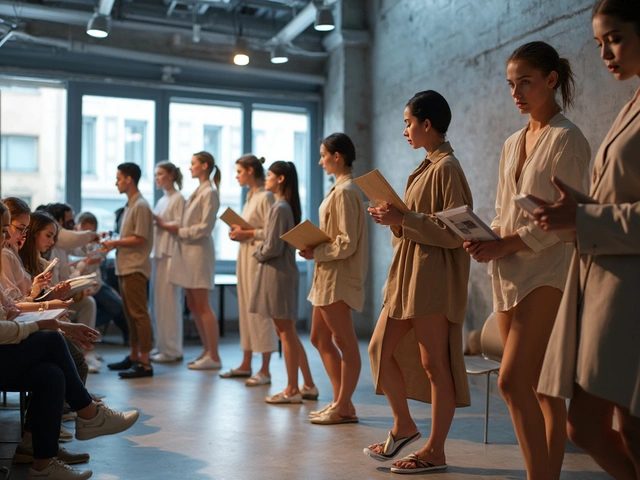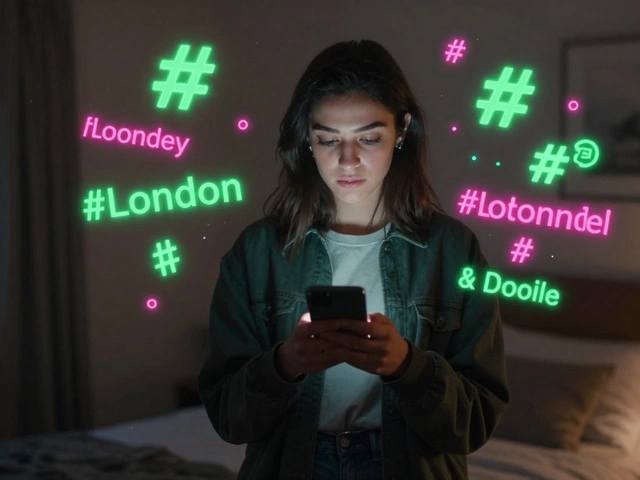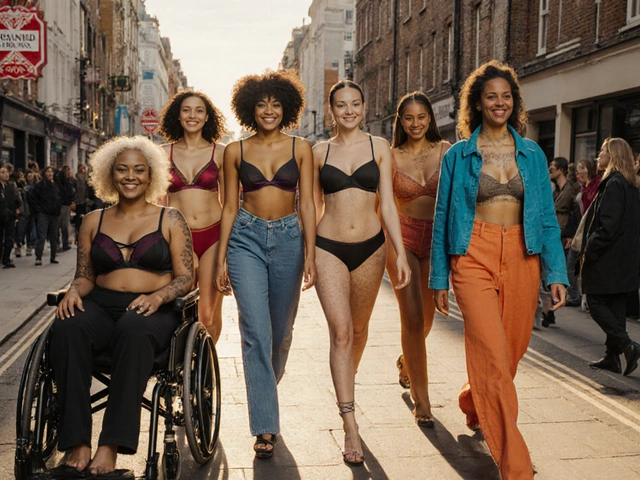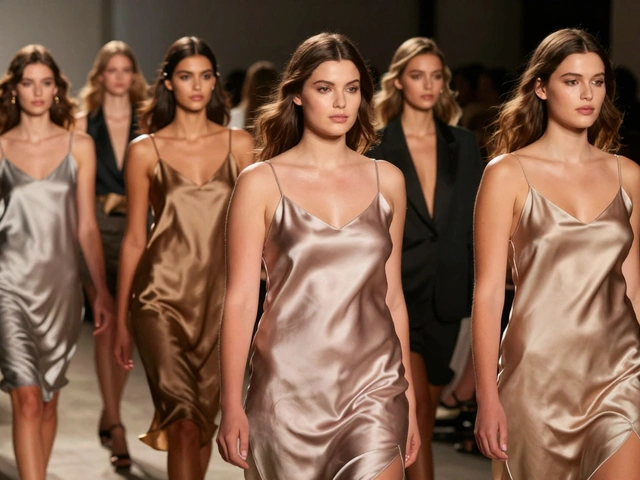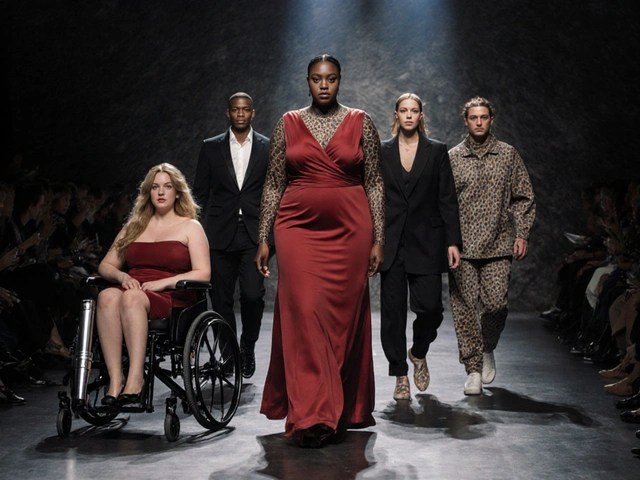Walk through any mall these days, and you’ll spot something that was rare a decade ago—brands showing off plus size models front and center. This isn’t just about being trendy; it’s a response to real people wanting to see bodies like theirs in ads. When you see someone who looks like you rocking a swimsuit on a billboard, it does something big for self-confidence. That’s not just talk either—some surveys found that over half of consumers feel more loyal to brands that show real size diversity.
If you’ve ever felt invisible flipping through a magazine or scrolling social media, you’re not alone. Growing up, I remember Fiona and her friends joking about never finding jeans that fit or seeing anyone their size in catalogs. Turns out, the lack of representation wasn’t just frustrating—it shaped a lot of how people felt about themselves. Now, with more plus size models on the scene, that’s finally starting to change in a big way.
- Why Representation Matters
- The Business Case for Plus Size Models
- Behind the Scenes: The Model Experience
- Spotting Meaningful vs. Performative Inclusivity
- Tips for Brands Embracing Diversity
Why Representation Matters
It’s hard to feel connected to a brand that never shows anyone who looks like you. For way too long, fashion and beauty ads mostly featured one body type—thin and often photoshopped. That made a lot of people, myself included, feel left out. People want to see models who actually reflect the world around them. When plus size models show up in ads, it sends the message: Every body type is welcome here.
Here’s a cool fact: A 2023 Nielsen report found that 64% of women said seeing plus size models in ads boosted their trust in brands. That’s a massive chunk of the market. It wasn’t just women, either—men reported feeling more positive toward those brands, too. More importantly, the sense of feeling seen actually helps mental health, especially among teens who deal with body image issues.
| Stat | Source | What It Means |
|---|---|---|
| 64% of women trust brands more with size diversity | Nielsen (2023) | More brand loyalty |
| 47% of Gen Z avoid brands with one body type | McKinsey & Co. (2024) | Young buyers care about representation |
| Body dissatisfaction drops 15% after seeing relatable models | Journal of Health Psychology (2022) | Better self-esteem and confidence |
Kids and teens pick up on who gets shown in the spotlight and who’s left out. Studies show that regular exposure to only one body type in media increases anxiety and eating problems. With more diverse ads, that risk drops. If you’re a parent, this is huge—it means the stuff your kid sees when scrolling actually shapes how they feel about themselves.
When brands put a mix of body shapes, ages, and backgrounds front and center, it’s not just for show. It lets people picture themselves in the clothes, shoes, or products being sold. People are more likely to buy when they can visualize themselves using what’s advertised. It’s simple: Representation turns window shoppers into real fans.
The Business Case for Plus Size Models
Brands aren’t just adding plus size models for good vibes—they’re doing it because it makes economic sense. The average American woman wears a size 16 or 18, but the fashion industry used to show almost only size 0-2. Now, brands that ignore real customers are missing out.
The plus size models trend lines up with shoppers’ actual needs. According to a 2023 Statista report, the US plus size apparel market alone was valued at about $35 billion. That’s a massive chunk of spending power, and companies know it. When women see themselves represented, they’re more likely to trust the brand and open their wallets.
Here’s a quick look at some numbers that drive the point home:
| Stat | Year/Source |
|---|---|
| US plus size market value: $35B | 2023, Statista |
| 60% of US women are size 14+ | 2022, CDC |
| 63% of shoppers say diversity in ads increases trust | 2023, Nielsen |
| Brands with diverse ads see an average 11% increase in sales | 2021, Facebook Business Study |
You might think it’s just about clothing, but this shift is showing up everywhere—beauty brands, athletic wear, travel ads, and so on. Fashion giant Old Navy saw a 20% sales spike the year they launched a campaign with inclusive sizing and models. It’s proof that when you actually show the real customer, those customers show up at the register.
For brands still on the fence, the message is pretty clear: ignoring this market means leaving serious money untouched. The move towards more size inclusion in ads isn’t just the right thing to do—it’s great business.
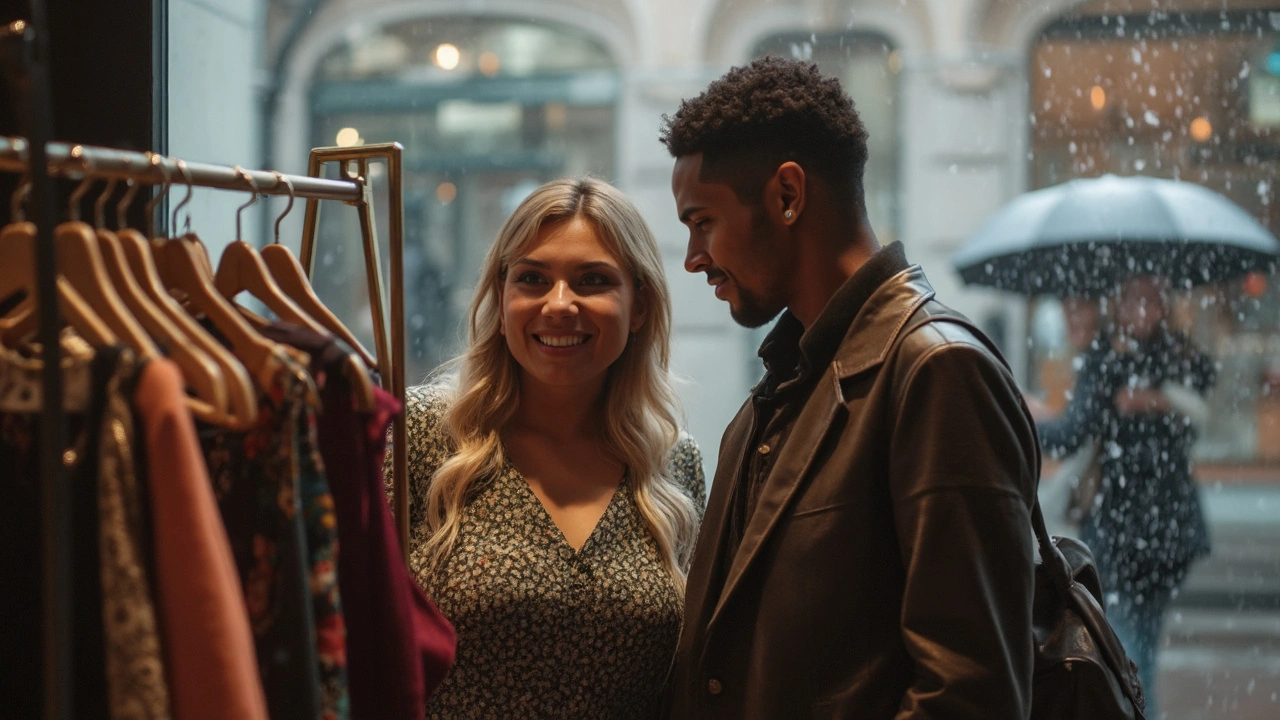
Behind the Scenes: The Model Experience
Ever wondered what it’s really like for plus size models at a photo shoot? It’s not all glam and free clothes. Most days start way earlier than you’d think, with models spending hours getting styled to perfection—and not just by one person, but usually a whole team. They’ve got to be ready for angles, lighting changes, and clothing that sometimes doesn’t fit right even though it’s meant for their body type. The fashion industry says it’s finally listening, but a lot of backstage drama still happens around sample sizes and fitting room frustrations.
One thing you might not know: plus size models often have to bring their own wardrobe basics, like nude undergarments in their exact shade or shapewear, because brands sometimes don’t have these essentials on set. It sounds minor, but imagine showing up for a big campaign and realizing the studio forgot your size. Stuff like this is still too common, even for major shoots. Some models, like Ashley Graham and Paloma Elsesser, have spoken openly about pushing for better treatment and sample options for plus size models everywhere.
The pay gap is another issue. Top curve models can make as much as their straight-size peers, but new faces just starting out are more likely to get lower offers or fewer bookings. Check out this quick data snapshot from 2024:
| Model Type | Average Booking Rate Per Day (USD) |
|---|---|
| Straight Size | $1,500 - $2,000 |
| Plus Size | $1,200 - $1,800 |
Of course, these numbers shift a lot depending on experience and contracts, but the gap exists. Agencies and brands talk a big game about diversity, but you can spot the real change makers by asking: Who’s actually featured in flagship campaigns?
If you’re thinking about modeling or know someone who is, here are a few things to keep in mind before signing any deal:
- Read the contract—don’t ignore the fine print on usage rights and exclusivity.
- Ask about future bookings and whether the agency regularly works with inclusive brands.
- Make sure sample sizes and basic support products will be available for your body type.
- Don’t hesitate to bring your own go-to makeup or wardrobe pieces if you’ve got them.
The takeaway? Being a plus size model isn’t just about standing in front of a camera. It means pushing for better standards so the next wave of models—and all the people looking up to them—have a smoother path.
Spotting Meaningful vs. Performative Inclusivity
It’s easy for brands to slap a plus size model in one campaign and call it a day. But how do you tell when a company truly supports size diversity versus just jumping on a trend to look good? It comes down to looking at the details—who's getting featured, how often, and whether the changes stick around after the spotlight fades.
The most important sign of meaningful effort: consistency. Is that brand showing plus size models across their social media, website, and storefronts, or just in a token ad? Real inclusivity means seeing diverse bodies in ongoing campaigns, not just one-off stunts.
Check for these signs when judging a brand’s intentions:
- Sizing options: Do they actually carry a range of extended sizes, or does the promotion stop at size 12?
- Model diversity: Are the plus size models shown with different body shapes, ages, and backgrounds, or is it the same one or two faces every time?
- Messaging: Does the brand’s social media celebrate all bodies, or are they quietly burying plus size posts?
- Behind the scenes: Do you see diversity among designers, photographers, and leaders making decisions?
Here’s an eye-opener: A 2023 report by the Fashion Spot counted only 22% of fashion campaigns in the U.S. as featuring visible plus size talent, despite nearly 70% of American women wearing a size 14 or above. Authentic brands are the ones shrinking that gap year after year, not just during body positivity month.
| Year | % Campaigns Featuring Plus Size Models | Brands Expanding Size Range |
|---|---|---|
| 2021 | 13% | 48 |
| 2023 | 22% | 73 |
If you’re looking to support brands that mean what they say, dig into their history. A single post or ad campaign isn’t enough—look for patterns, transparency, and, most of all, real accessible products for everyone.
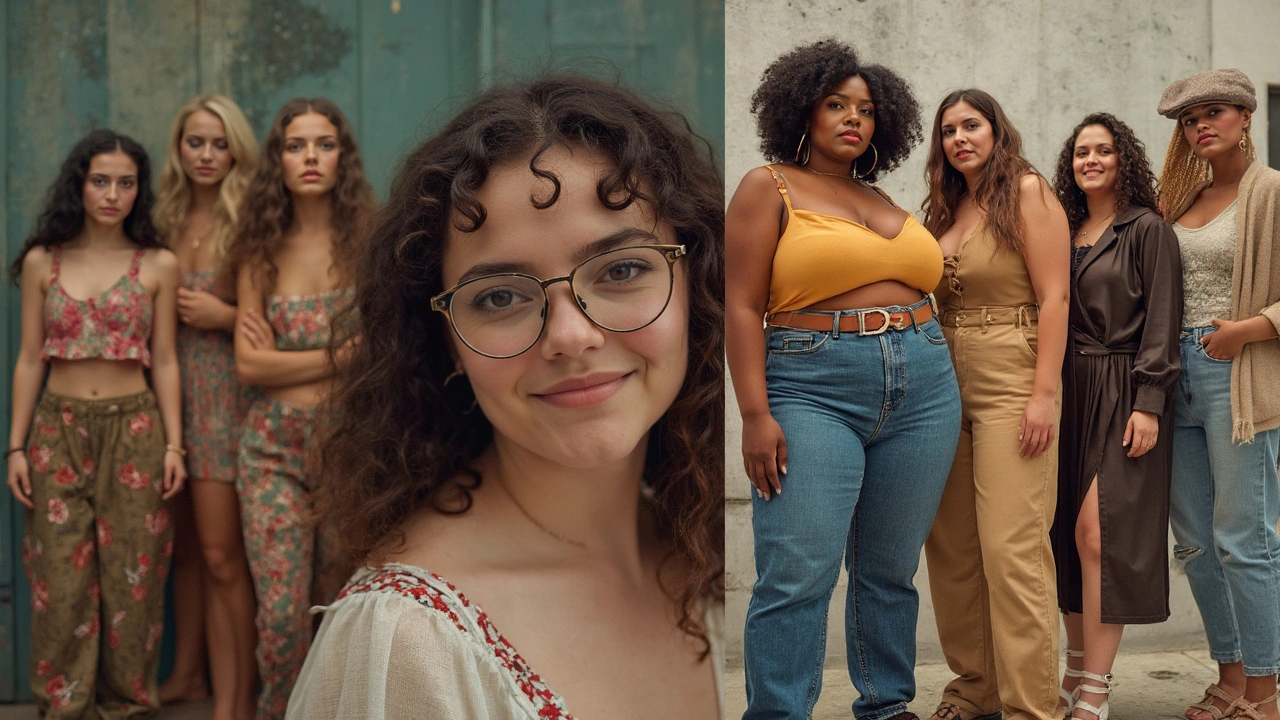
Tips for Brands Embracing Diversity
If you’re working for a brand, or just cheering them on, it’s pretty clear: putting plus size models in ads isn’t about ticking a box. People see right through half-baked campaigns. Real change comes down to a few practical moves brands can make, and the numbers back it up.
- Hire a range of body types: Get models that show what real shoppers look like. ASOS and Target, for example, boosted sales after rolling out campaigns with broader sizes. Customers want to see people who look like them—end of story.
- Involve the models in creative decisions: When models share their input, the vibe shifts. Savage X Fenty lets models talk about what makes them feel confident, and it shows.
- Show sizes in action: Don’t just say you offer a size 24—show it. Posting photos of different body types wearing the actual products—like Universal Standard does—builds trust.
- Use authentic language: Avoid buzzwords like “curvy queen” unless it actually fits the brand’s voice. Customers want to be spoken to directly, not pandered to.
- Celebrate feedback—and respond: Social media is where shoppers call out the fakes. Brands that reply, change, and actually listen—like Aerie—keep customers coming back.
Some stats hammer this home:
| Brand | Reported Uplift After Inclusive Campaign |
|---|---|
| Aerie | Over 30% growth in same-store sales in 2018 after launching #AerieREAL (no airbrushing, diverse models) |
| Target | 20% increase in new customer engagement after adding plus size mannequins in 2019 |
| ASOS | Significant jump in social shares and positive press after including models of all sizes |
Biggest takeaway? Skip the empty promises. Back it up with real representation, listen to your audience, and keep the conversation going. Shoppers notice, and they’ll reward you with both loyalty and word-of-mouth hype when you get it right.

